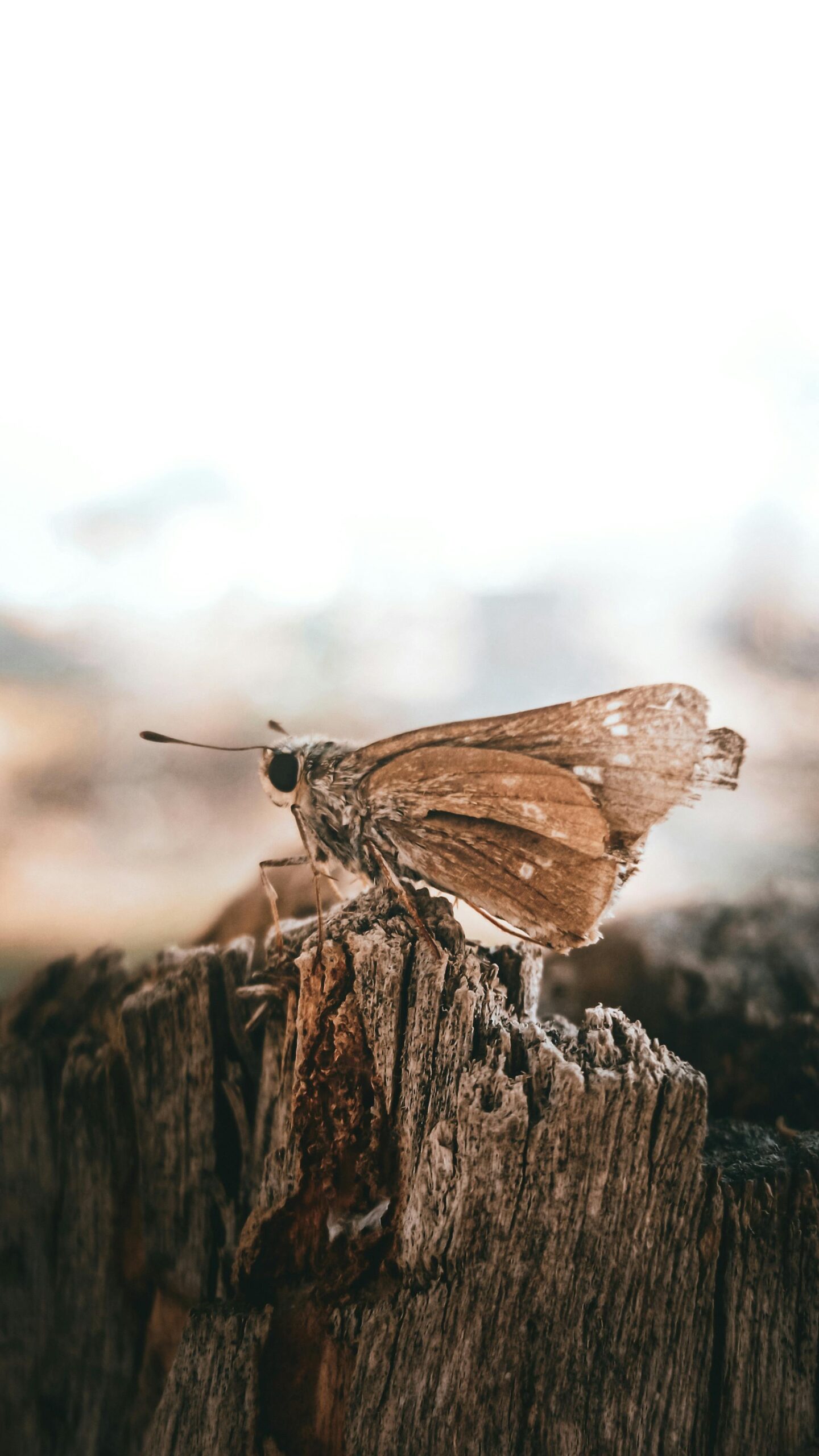Understanding Baumstumpf: The Intricacies of Tree Stumps
In the realm of forestry and gardening, the term Baumstumpf, or tree stump, plays a crucial role in both ecology and aesthetic considerations. Whether contemplating the future of a garden or managing a forested area, understanding the characteristics and implications of tree stumps is essential. This article delves into the importance of Baumstumpf, its removal techniques, benefits, and ecological significance.
The Importance of Baumstumpf in Ecosystems
Tree stumps are more than just remnants of cut-down trees; they serve diverse ecological purposes that contribute to the health of their environment. When a tree is felled, the stump becomes a habitat for numerous organisms, including fungi, insects, and birds. This biodiversity plays a part in nutrient cycling as it breaks down organic matter. Furthermore, stumps can help in soil stabilization, preventing erosion while keeping the surrounding ecosystem intact.
Habitat for Wildlife
A Baumstumpf is an integral part of the ecosystem, often providing a microhabitat for various wildlife species. For instance, some birds utilize hollowed stumps for nesting, while insects burrow into the wood, promoting decomposition. By maintaining tree stumps in wooded areas, we can foster greater biodiversity, allowing an array of plants and animals to thrive.

Soil Enrichment and Nutrient Cycling
The decomposition process of a Baumstumpf contributes significantly to soil health. As stumps break down, they release valuable nutrients back into the soil, enhancing its fertility. This ongoing process supports the growth of new plants and allows gardens or forests to rejuvenate. Additionally, the fungi that break down the wood create mycorrhizal associations with nearby plants, promoting healthier root systems.
Techniques for Baumstumpf Removal
While some may choose to keep tree stumps for ecological reasons, others prefer to remove them for aesthetic purposes or to free space for new plantings. There are several effective methods to consider when it comes to Baumstumpf removal.
Mechanical Removal
One of the most common methods for removing a Baumstumpf is through mechanical means, which often involves the use of a stump grinder. This machine grinds the stump down to below ground level, allowing for a clean area for new planting. While effective, this method can be expensive and requires specialized equipment.
Chemical Methods
For those seeking a less intrusive approach, chemical treatments can help expedite the decomposition process of a Baumstumpf. Products containing potassium nitrate are applied to the stump’s surface, encouraging it to rot over time. This natural decomposition can take months but is an efficient way to remove a stump without heavy machinery.
Baumstumpf as a Design Element
In modern landscaping, Baumstumpf can be creatively integrated into designs. They can serve as unique garden features, providing a rustic charm that enhances the overall aesthetic of the area.
Creating Natural Seating Areas
Individuals can repurpose stumps into outdoor seating by cutting them to a comfortable height. This brings an organic feel to a garden or patio area, creating a cozy nook for relaxation. Embellishing stumps with cushions or decorative elements can also enhance their visual appeal.

Incorporating into Garden Design
Stumps can be left intact in gardens, serving as planters for flowers or small shrubs. By hollowing out a stump and filling it with soil, gardeners can create creative focal points that attract attention and provide ecological benefits. This strategy promotes biodiversity while adding character to the landscape.
Conclusion
Understanding the role of Baumstumpf in ecosystems, removal techniques, and their potential as design elements offers invaluable insight for both enthusiasts and professionals in gardening and landscaping. Embracing these tree remnants can lead to a more diverse and vibrant environment, combining functionality with beauty. As we conclude our discussion on tree stumps, consider how you might incorporate, or manage, these natural artifacts in your outdoor spaces.
FAQ
1. What is the ecological significance of Baumstumpf?
The ecological significance of Baumstumpf lies in its ability to support wildlife, enhance soil quality through nutrient cycling, and contribute to biodiversity. Stumps provide habitats for birds and insects while harboring fungi that decay wood and enrich the surrounding soil.
2. How can I safely remove a Baumstumpf?
There are several safe methods to remove a Baumstumpf, including mechanical grinding and chemical treatments. While grinding provides an immediate solution, chemicals can be applied to facilitate slower decomposition. Always consider the environment before choosing a method.
3. Can I use Baumstumpf in my garden design?
Absolutely! You can creatively use a Baumstumpf in garden design by transforming it into a seating area, planter, or decorative feature. This not only adds character to your garden but also promotes beneficial ecological interactions.
4. How long does it take for a Baumstumpf to decompose?
The decomposition rate for a Baumstumpf varies significantly based on the wood type, environmental conditions, and whether you are using chemical treatments. It can typically take anywhere from a few months to several years for complete breakdown.
5. Are there any environmental concerns with Baumstumpf removal?
Yes, while removing a Baumstumpf can be necessary, it’s essential to consider the ecological implications. Stumps support wildlife and contribute to soil health. A balanced approach to their removal can help maintain local ecosystems.
6. What types of wildlife benefit from Baumstumpf?
A variety of wildlife such as insects, birds, and small mammals benefit from Baumstumpf. These stumps provide shelter and nesting sites, fostering biodiversity within the ecosystem.
7. Is it possible to grow plants on a Baumstumpf?
Yes, you can grow plants on a Baumstumpf by hollowing it out and adding soil. This approach not only beautifies the landscape but also serves beneficial ecological functions as the plants support other life forms.
